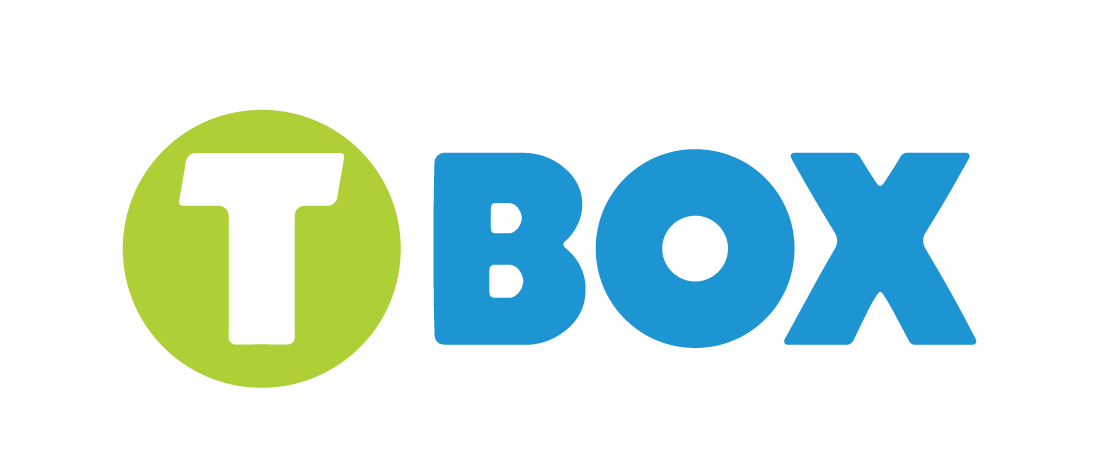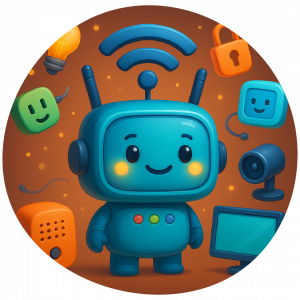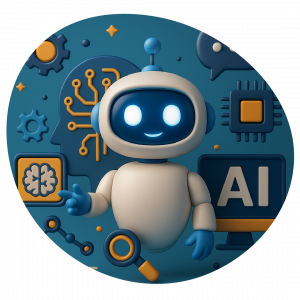You might remember movies like I, Robot or Iron Man, where devices and artificial intelligence play an essential role in the protagonists’ daily lives. While at the time these stories seemed to be the product of imagination and creativity, today, emerging technologies such as the Internet of Things (IoT) and Artificial Intelligence (AI) are no longer concepts of science fiction, but are becoming an integral part of our everyday lives.
As these technologies advance, their presence in our daily routines becomes more and more evident. In this article, we will explore 5 ways in which IoT and AI enhance education and contribute to increasing our efficiency, security, and well-being in various areas of our lives. Additionally, we will explore how the integration of these advancements promises to continue making our lives more connected, intelligent, and tailored to our needs.
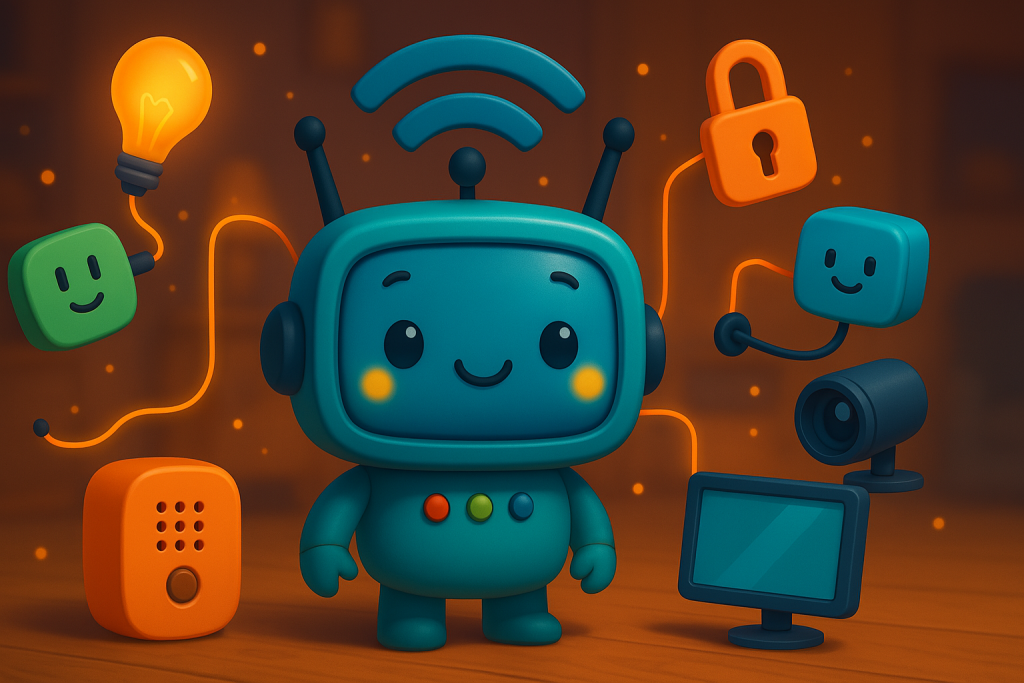
No. 1: Smart and Connected Classrooms
Internet of Things (IoT) devices allow users to have complete control over various aspects of their lives, and they can also have a positive impact within the classroom. For example, internet-connected interactive whiteboards can enhance teaching by enabling teachers to display multimedia content and dynamically adjust the level of student interaction. Similarly, smart TVs in the classroom can integrate with educational platforms to display visual materials, conduct live presentations, or access online content, thus maximizing available features and enhancing the learning experience.
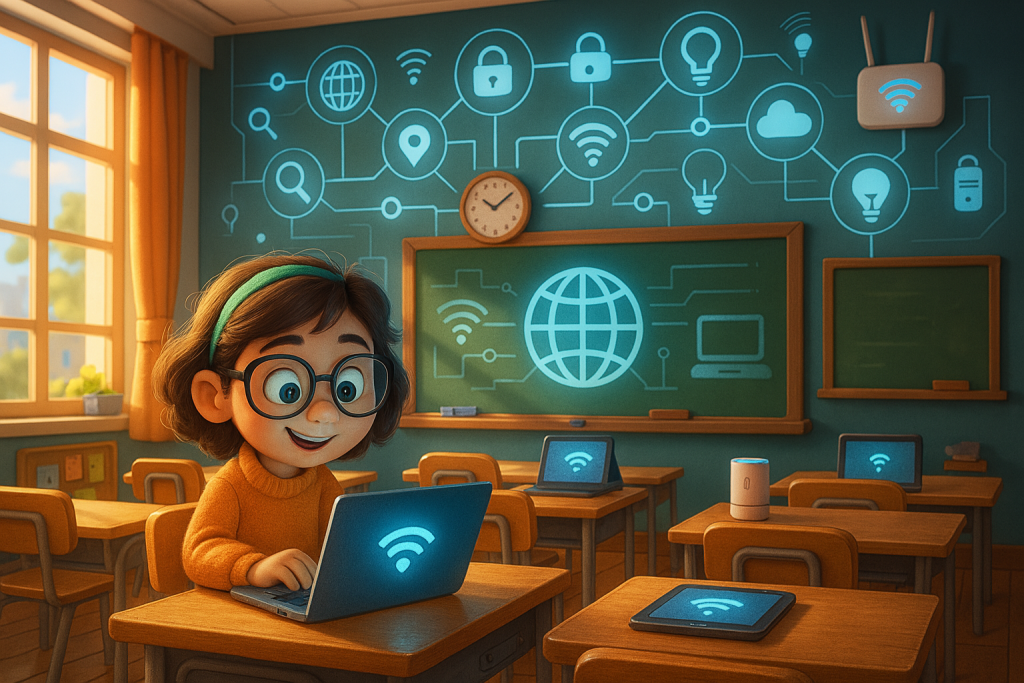
AI takes it a step further by integrating these IoT devices and adapting them to the needs of the classroom. Virtual assistants, such as Amazon Alexa or Google Assistant, can help manage lesson schedules, control audiovisual equipment, and even organize tasks or remind students of deadlines. For example, if a teacher sets up a daily activity at a specific time, the assistant can automatically remind students and prepare the content without the need for additional intervention.
This technology also allows these devices to adapt to more complex contexts. If the system detects that the class has started, smart light sensors can automatically adjust the lighting based on the content projected on interactive screens or the projector, creating an optimal learning environment. Additionally, AI can coordinate the playback of educational materials, such as videos, by integrating with the classroom audio system—all through simple voice commands.
No. 2: Organization and Assisted Education
IoT devices allow for the personalization of the learning process by adapting to individual needs. For example, activity tracking devices, such as smart wristbands, can monitor your study habits, identifying the times when you’re most productive and offering suggestions on how to improve your study routine. Additionally, tools like smart lamps can automatically adjust their light intensity based on the time of day, creating a more comfortable and efficient study environment.
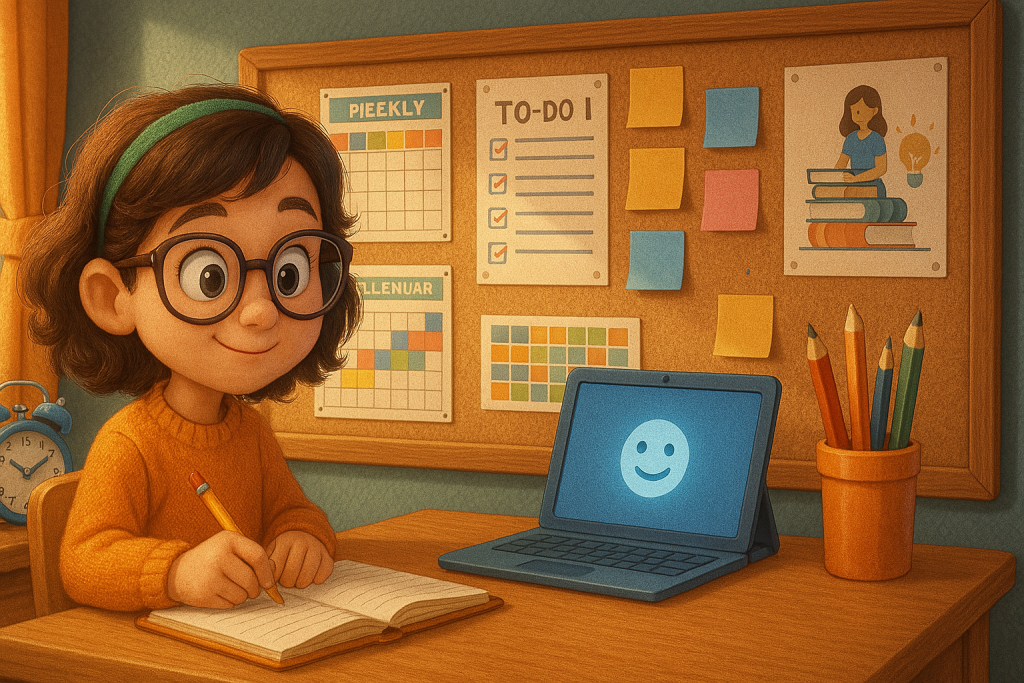
AI also plays a crucial role in personalizing learning. AI-based study platforms, like Duolingo or Khan Academy, can analyze your performance and adapt the exercises to your level, ensuring that you’re always working on the area that needs the most improvement. For example, if AI detects that you’re struggling with a specific lesson, it can provide more resources or exercises focused on that area.
Additionally, AI virtual assistants can help you organize your study time by reminding you of tasks and deadlines, or even scheduling breaks to avoid fatigue. If you decide to study for an exam, these assistants can manage your calendar, reminding you of key topics to review and adjusting the schedule based on available time.
No. 3: Time and Health Management
Time management is essential for maintaining a balance between daily responsibilities and self-care. However, efficiency in time organization not only depends on how well we manage our tasks but also on how we take care of our physical and mental health. This is where technologies like the Internet of Things (IoT) and Artificial Intelligence (AI) come into play, offering solutions that optimize both productivity and overall well-being.
IoT devices help create a healthy and productive work or study environment, allowing individuals to manage their time effectively while prioritizing their health. Smartwatches and activity bands are common examples that monitor physical activity, heart rate, stress levels, and sleep quality, providing valuable data to improve time management. These devices can send reminders to take active breaks, such as walking, stretching, or practicing breathing exercises, helping to maintain energy and prevent fatigue.
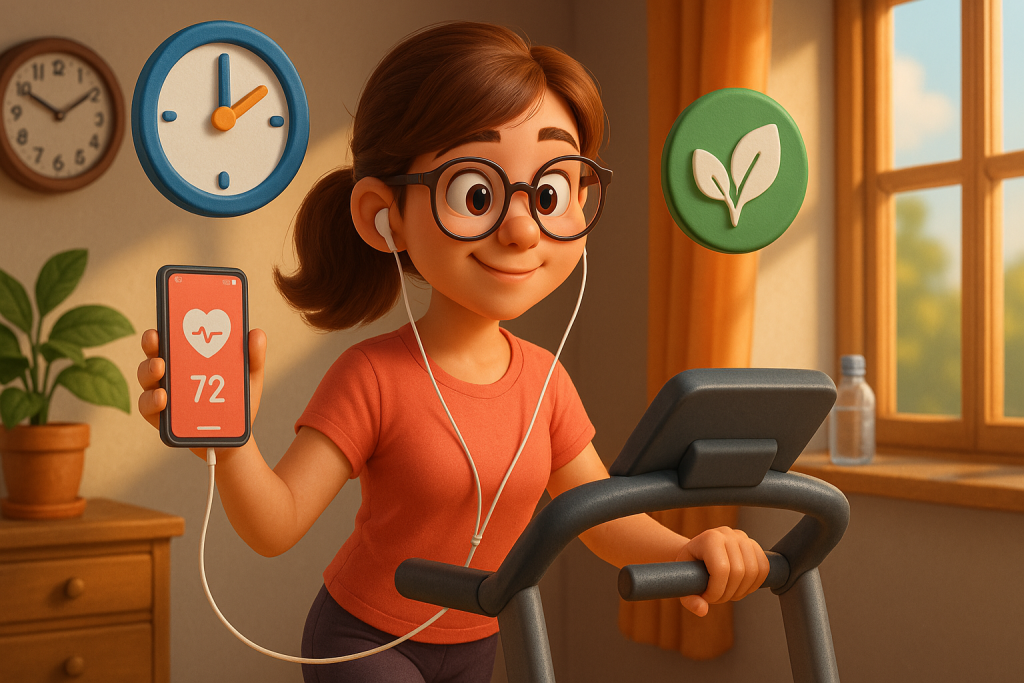
Artificial Intelligence takes time management and self-care to the next level by integrating daily routines with personalized recommendations to maintain a balance between productivity and well-being. AI-powered virtual assistants like Google Assistant or Siri can help organize tasks, automatically reminding users of important deadlines and suggesting when to take breaks or schedule self-care activities such as meditation or exercise.
No. 4: Enhancing the Educational Experience
The student experience is also enhanced through the integration of IoT and AI, creating a more dynamic learning environment that is tailored to their needs. IoT devices, such as smart tablets or connected headphones, can personalize how students interact with content by adjusting volume, screen brightness, or sound settings based on the study environment and individual preferences. This customization contributes to a more comfortable and engaging learning atmosphere.
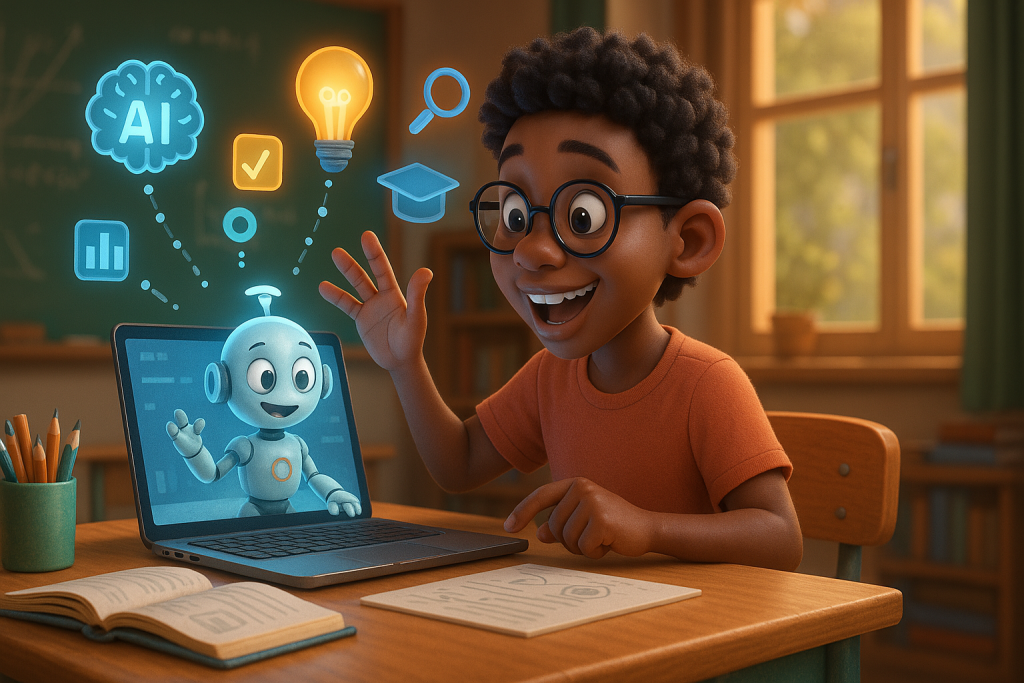
Additionally, AI plays a crucial role in creating highly interactive and adaptive educational experiences. Platforms like Coursera or Duolingo use AI to adjust content and lesson pace based on student progress, ensuring that each student receives the most appropriate level of difficulty for their knowledge. If a student struggles with a lesson, AI can provide additional exercises or alternative explanations, while if a student advances quickly, it can offer more complex challenges to keep their motivation and engagement high.
The use of intelligent virtual assistants also enhances the student experience, as they can interact in real-time, answer frequently asked questions, guide students through complex tasks, and even offer recommendations on how to improve performance. This personalized assistance, combined with the integration of IoT technologies, facilitates autonomous learning and ensures that each student receives the support necessary for success in their education.
No. 5: Productivity and Remote Learning
With the rise of remote learning, especially following the pandemic, an increasing number of students are opting for this mode of education. In fact, according to a study by Educause, over 70% of students in educational institutions worldwide participate in some form of virtual education. In this context, IoT and AI are playing a key role in making learning more accessible and efficient.
AI has advanced significantly, and today, many Learning Management Systems (LMS) integrate AI algorithms to personalize the educational experience. These systems can identify areas of difficulty for students and provide additional resources or suggest complementary materials to enhance their understanding. Platforms like Zoom, Google Classroom, or Moodle use AI to optimize class scheduling, track student performance, and offer learning recommendations tailored to each student’s individual pace.

Regarding IoT, devices such as smart cameras and interactive screens enable better interaction during online classes, ensuring that students have clear visual and auditory access, even when participating remotely. Smart light or temperature sensors also allow for adjustments to the study environment, promoting concentration and reducing distractions during classes.
Technology as a Tool for Education
In an increasingly connected world, the Internet of Things (IoT) and Artificial Intelligence (AI) are profoundly and positively transforming our daily lives, from the way we interact with our homes to how we work and travel. These technologies have not only optimized efficiency but have also improved safety, personalization, and the overall experience in various areas of our lives.
The synergy between IoT and AI is shaping a smarter, more connected future, offering innovative solutions that will benefit both individuals and organizations in an increasingly digitized world.
